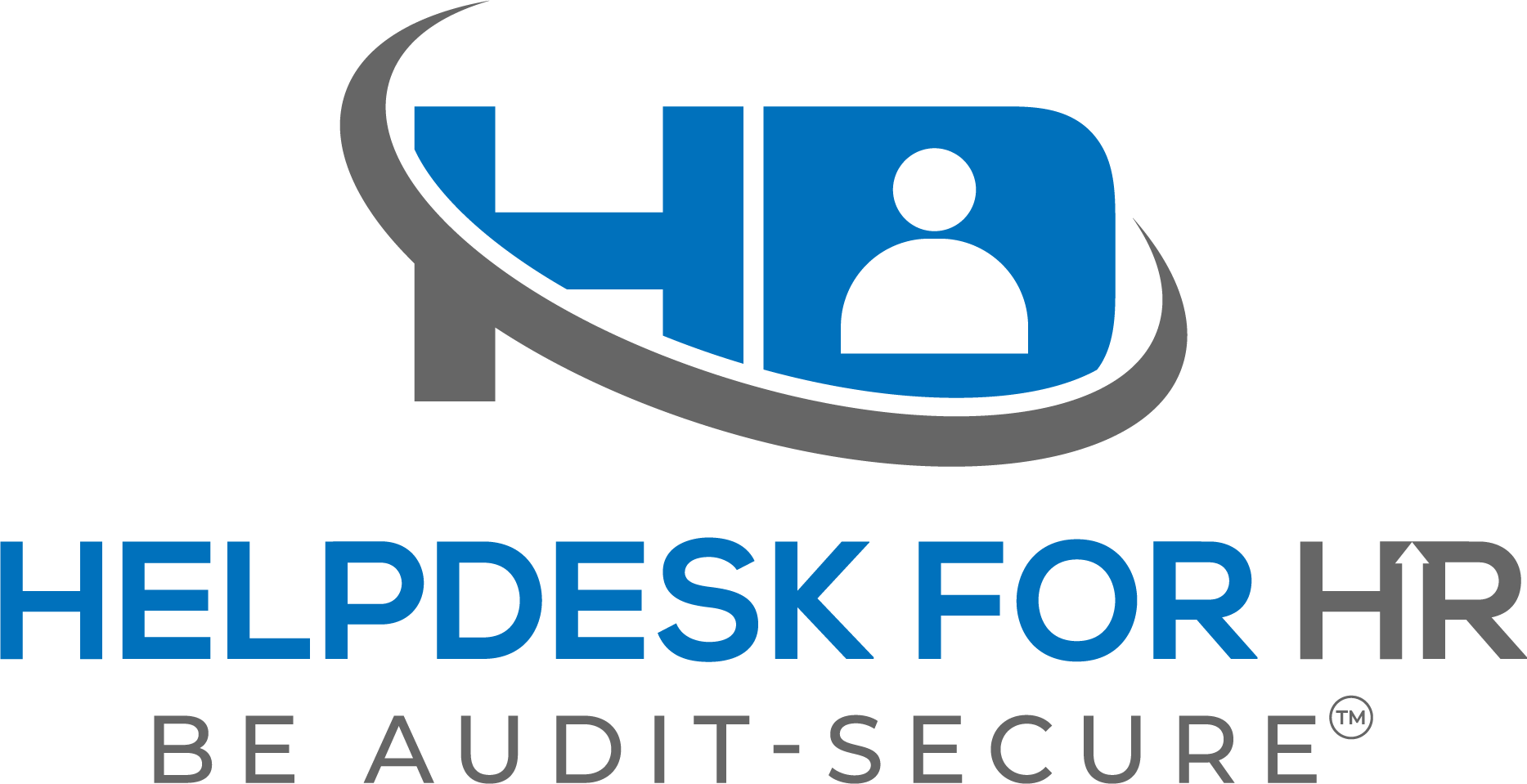No. The standard requires employers to assess the exposure of each employee who is or may reasonably be expected to be exposed to silica at or above the AL of 25 μg/m3 as an 8-hour TWA, but it allows employers to fulfill this obligation using either the “performance option” or the “scheduled monitoring option.” 29 C.F.R. § 1926.1153(d)(2)(i). Under the performance option, employers must assess each employee’s 8-hour TWA exposure using any combination of air monitoring data or objective data, provided that the data is sufficient to accurately characterize employee exposures to silica. See 29 C.F.R. § 1926.1153(d)(2)(ii).
The term “objective data” means information, such as air monitoring data from industry-wide surveys or calculations based on the composition of a substance, demonstrating employee exposure to silica associated with a particular product or material or a specific process, task, or activity. The data must reflect workplace conditions closely resembling, or with a higher exposure potential than, the processes, types of material, control methods, work practices, and environmental conditions in the employer’s current operations. See 29 C.F.R. § 1926.1153(b). Types of data and exposure assessment strategies that may qualify as objective data include:
- Data from industry-wide surveys;
- Data provided by equipment manufacturers;
- Data provided by trade or professional associations;
- Exposure mapping (determining exposures associated with particular locations based oninformation obtained from sources that may include personal samples, area samples, and
direct-reading instruments);
- Calculations based on the composition of a substance;
- Calculations based on the chemical and physical properties of a substance (in thoseinstances where a substance’s physical and chemical properties demonstrate employee exposure to silica associated with a particular product or material or a specific process, task, or activity); and
- The employer’s historical air monitoring data, including data obtained prior to the effective date of the standard.The preamble to the standard provides more ideas about data and exposure assessment strategies that could qualify as or generate objective data. See 81 Fed. Reg. at 16763.
When employers rely on objective data generated by others as an alternative to developing their own data, they are responsible for ensuring that the data relied upon accurately characterize each employee’s exposures.
Under the scheduled monitoring option, employers must perform initial monitoring to assess the 8-hour TWA exposure for each employee on the basis of one or more personal breathing zone air samples that reflect the exposures of employees on each shift, for each job classification, in each work area. Depending upon the results of the sampling, the standard may require additional sampling at set intervals. Where several employees perform the same job tasks on the same shift and in the same work area, employers utilizing the scheduled monitoring option may sample a representative fraction of the employees in order to meet these requirements. In representative sampling, the employer must sample the employee(s) expected to have the highest exposure to silica. See 29 C.F.R. § 1926.1153(d)(2)(iii).
October 2018
Tags: OSHA, Exposure Control Methods
